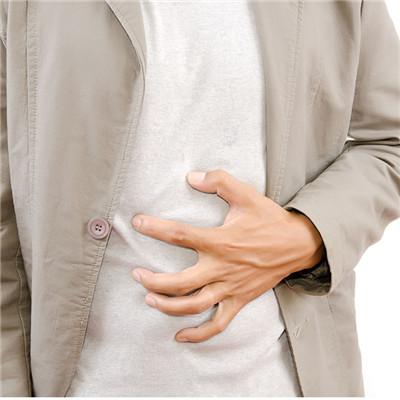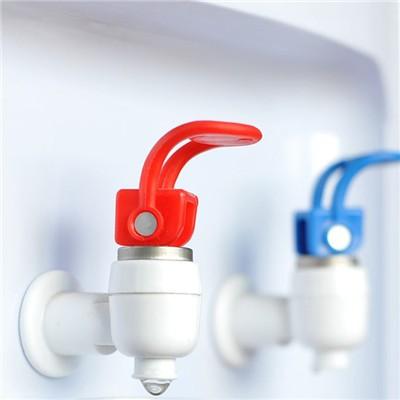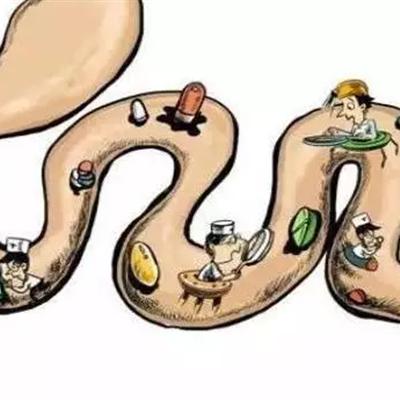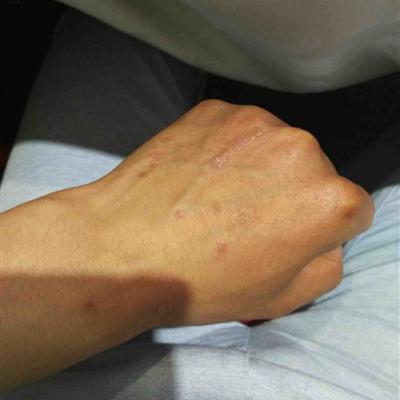Does arachnoid cyst everybody have?
summary
Arachnoid cyst belongs to congenital benign brain cyst, which is caused by abnormal arachnoid division during development. The wall of the capsule was mostly arachnoid, neuroglia and pia mater, and there was cerebrospinal fluid like cystic fluid in the capsule. The cysts were located on the surface of the brain, fissure and cistern, and did not involve the brain parenchyma. Most of them were single and a few were multiple. The disease is asymptomatic, large volume can simultaneously compress brain tissue and skull, can produce neurological symptoms and skull development changes. The disease is more common in children and adolescents, more male, more left than right.
Does arachnoid cyst everybody have?
Arachnoid cyst is a congenital malformation, so arachnoid cyst is not everyone, it is a bag like structure formed by cerebrospinal fluid like cystic fluid surrounded in arachnoid. Most patients with arachnoid cysts have no obvious symptoms. Most of the lesions are in children. The symptoms appear in the early stage. The clinical manifestations are related to the location of the cyst. There are often patients with large lesions but mild symptoms. The clinical manifestations include headache, nausea, vomiting, drowsiness and epilepsy. General routine CT or MRI can be diagnosed. If the patient has no space occupying effect or symptomatic arachnoid cyst, no treatment is needed regardless of its size and location.
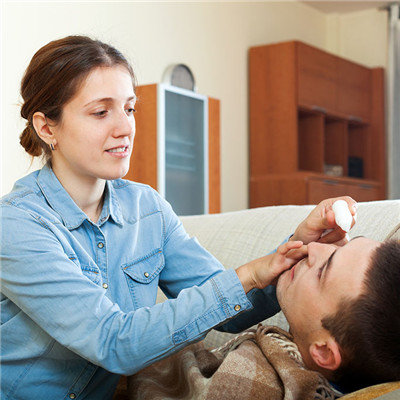
Arachnoid cysts can be divided into congenital and secondary (traumatic and post infectious) according to the etiology. Congenital arachnoid cyst is a bag like structure formed by cerebrospinal fluid surrounded in arachnoid, which is not communicated with subarachnoid space. Because of the adhesion of arachnoid, cyst was formed in subarachnoid space, which contained cerebrospinal fluid. It can be divided into two types: intracranial type and spinal type. The intracranial type is mostly located in the related cisterns of the brain surface. Spinal cord type can be located in epidural, intradural or nerve sheath, causing related nerve root symptoms and signs.
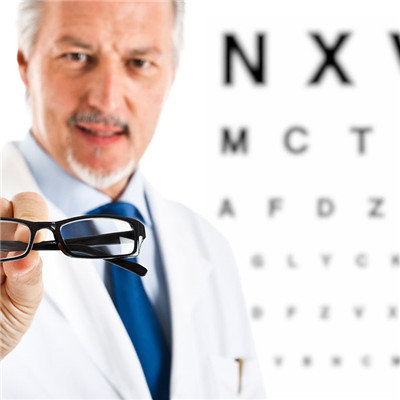
Conventional CT and MRI examination can generally confirm the diagnosis. Only in a few cases, cerebrospinal fluid contrast medium or flow measurement is used to detect the lesions of suprasellar and posterior fossa in the middle line. The cognitive function can also be evaluated by the mini mental rating scale. The onset of the disease is insidious, mostly asymptomatic. Some large arachnoid cysts may have clinical manifestations similar to intracranial space occupying lesions.
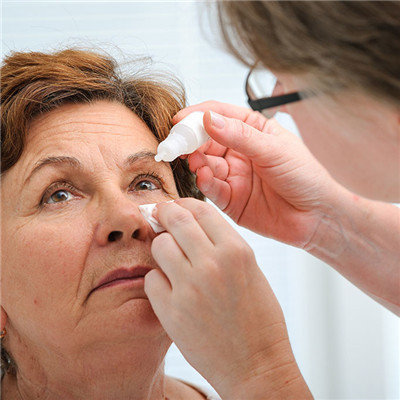
matters needing attention
The mechanism is that the injury causes skull linear fracture with dural tear defect, subarachnoid hemorrhage or adhesion around the edge of the arachnoid, causing local cerebrospinal fluid circulation disorder, causing local arachnoid process to the dural fissure and fracture line, gradually forming cyst under the continuous impact of brain pulsation, making the fracture edge continue to expand, which is called growth fracture. The cyst may protrude under the scalp, and at the same time, it may compress the lower cerebral cortex. The capsule was filled with clear liquid and surrounded by scar tissue. If the pia mater is damaged during trauma, the brain tissue may herniate into the fracture site, and the ipsilateral ventricle may expand, or even form brain perforation deformity. This disease is more common in infants.
